Compiled by Leslie Nemo
Civil Engineering turns 95 on October 1! To celebrate this milestone, the magazine has asked a handful of engineers, historians, and engineering historians to share their favorite structure from the last nine-and-a-half decades. No matter where it is located or what kind of project it is or was, these concrete and steel structures have created soft spots in our interviewees. We hope that their thoughts inspire you to reminisce on the works from the past century that hold similar value to you, too.
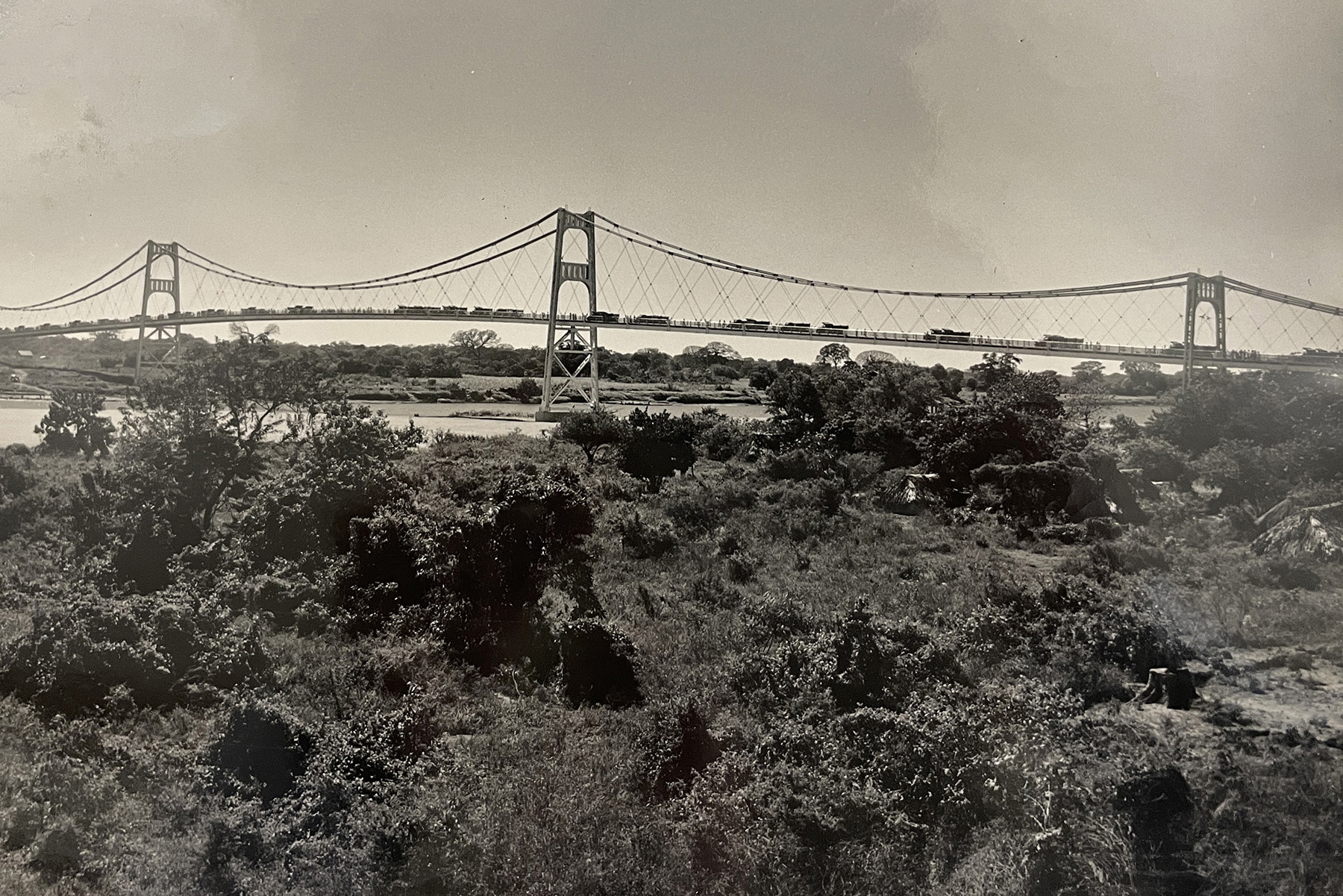
A grand old bridge
From the time Charles C. Sunderland was appointed chief bridge engineer of the John A. Roebling’s Sons Co. in 1928 to the time he died in 1952, he kept that company relevant in terms of bridge design and production. I think he is underappreciated, and the San Marcos Suspension Bridge in El Salvador was a culmination of all his work for Roebling.
Sunderland refused to compete with other bridge designers for U.S. work. He felt Roebling was primarily a producer of high-strength cables, and U.S. bridge designers were his customers, so most of his innovative work was done abroad.
There were several innovative aspects to the San Marcos Bridge. It did not have a stiff deck — he stiffened the bridge by pretensioning the bottom cord and equilibrating the pretension into the concrete deck. Also, the entire bridge was premanufactured in Trenton, New Jersey, and it was shipped in pieces to El Salvador. It was also erected without cable spinning because Sunderland designed the Kinkora Prestretcher, a device that allowed the manufacture of presocketed, prestretched wire strands. Importantly, Sunderland had a brilliant protégé, Blair Birdsall, who was a specialist in physical modeling. The whole bridge was designed on the basis of physical scale models.
The company lost a significant amount of money on the San Marcos Bridge, but I think Sunderland must have stressed quality, allowing engineers to do their best work. Sunderland was an inspiration to his colleagues, and Birdsall went on to have a fantastic career in suspension structures. I view Sunderland as extremely inspiring and devoted to his work.
Dario Gasparini, Ph.D., M.ASCE, professor emeritus in the Department of Civil and Environmental Engineering, Case Western Reserve University, on the San Marcos Bridge (otherwise known as the Puente del Litoral) in El Salvador (no longer in existence)
Monumental ode
I bleed lone stars. I have been interested in history all my life, and I pride myself on knowing a lot of Texas history and about all the engineers who have come here. The San Jacinto Monument is a monument to Texas history and to civil engineering.
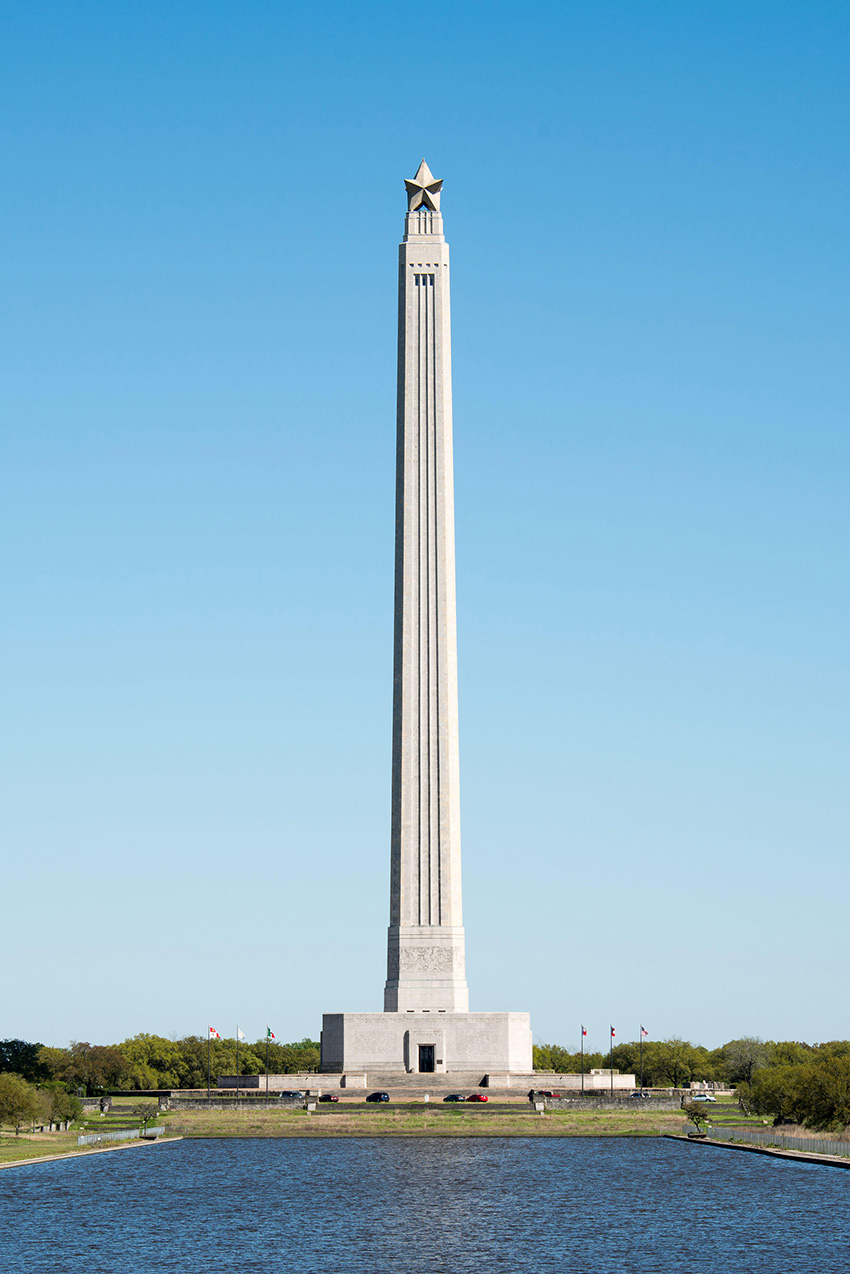
The monument commemorates the Texas fight for independence from Mexico in 1836. My family helped the Texas army by providing supplies.
The monument is along the Gulf Coast, and I do flood research, so I love the coast.
Also, the structure contributed significantly to civil engineering progress through settlement equations for large structures. The settlement data collected from the monument helped test the consolidation theory of Karl Terzaghi, Hon.M.ASCE, the father of soil mechanics.
Terzaghi came to Texas quite a few times and had a big impact when he came to the University of Texas at Austin. He helped professors there with their settlement research and visited project sites, like field tests for laterally loaded piles.
On top of that, Robert J. Cummins, P.E., was the monument engineer. Cummins is the father of coastal engineering in Texas; he touched every port.
I see my favorite landmarks as a connection to historic engineers. Landmarks are, I think, the unsung heroes of life today and a lot are lost that should have been saved. I try to write about the more unknown things, because in a way, it’s saving the landmark itself.
Who says Texas doesn’t have historical stuff?
Melinda Luna, P.E., CFM, F.ASCE, team lead, hydraulics and hydrology at TRC, on the San Jacinto Monument in La Porte, Texas
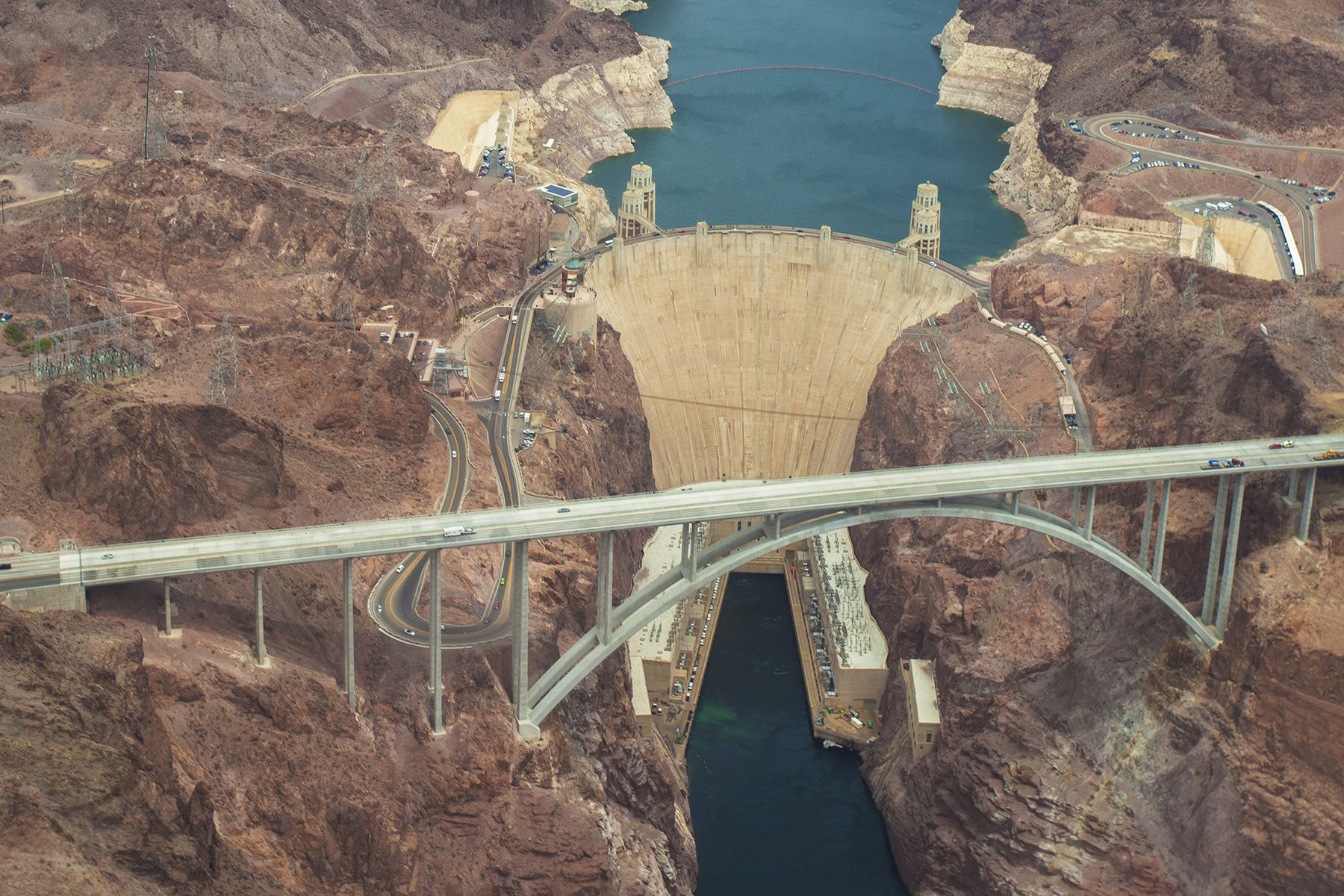
Concrete thinking
There’s just no water resource project in U.S. history that can beat the Hoover Dam.
The St. Francis Dam in Southern California failed in 1928. And its failure called into question American dam engineering and all the factors that go into a dam project. So the Bureau of Reclamation had to go the extra mile in all the research into how Hoover Dam was going to be built. The builders came up with this methodology for inserting pipes within the mass of concrete, running water through them to cool and cure the concrete quicker. The concrete achieved a strength of 3,500 pounds per square inch in a compression test after 28 days of curing. In 1995, the Bureau tested samples of the concrete from the Hoover Dam, and it was over 7,000 pounds per square inch. The mass of concrete got stronger over time.
Everything that went into that project was paramount and way beyond anything else in the country and the world at that point in time: the site conditions, the engineers who designed this structure, the analysis of the dam section, and so on.
Everything that went into that project was paramount and way beyond anything else in the country and the world at that point in time: the site conditions, the engineers who designed this structure, the analysis of the dam section, and so on.
And it’s not just a story of the dam itself. It’s the people: the people who built that dam, the guys who did the high scaling, sitting on their little bench chairs, hanging off the ropes, loosening up the rock on the canyon walls. Frank Crowe, the dam’s construction superintendent, had a group of people who liked him and his projects so much that they went around the country following him from dam to dam. Hoover Dam was “their” dam; they built that dam.
I did a few things working at the Bureau of Reclamation for 30 years, like helping with the modifications of the Soldier Creek Dam in Utah and the McDonald Dam in Montana, and I was proud of those. So the pride of ownership is significant to me.
Richard L. Wiltshire, P.E., F.ASCE, on the Hoover Dam in Nevada
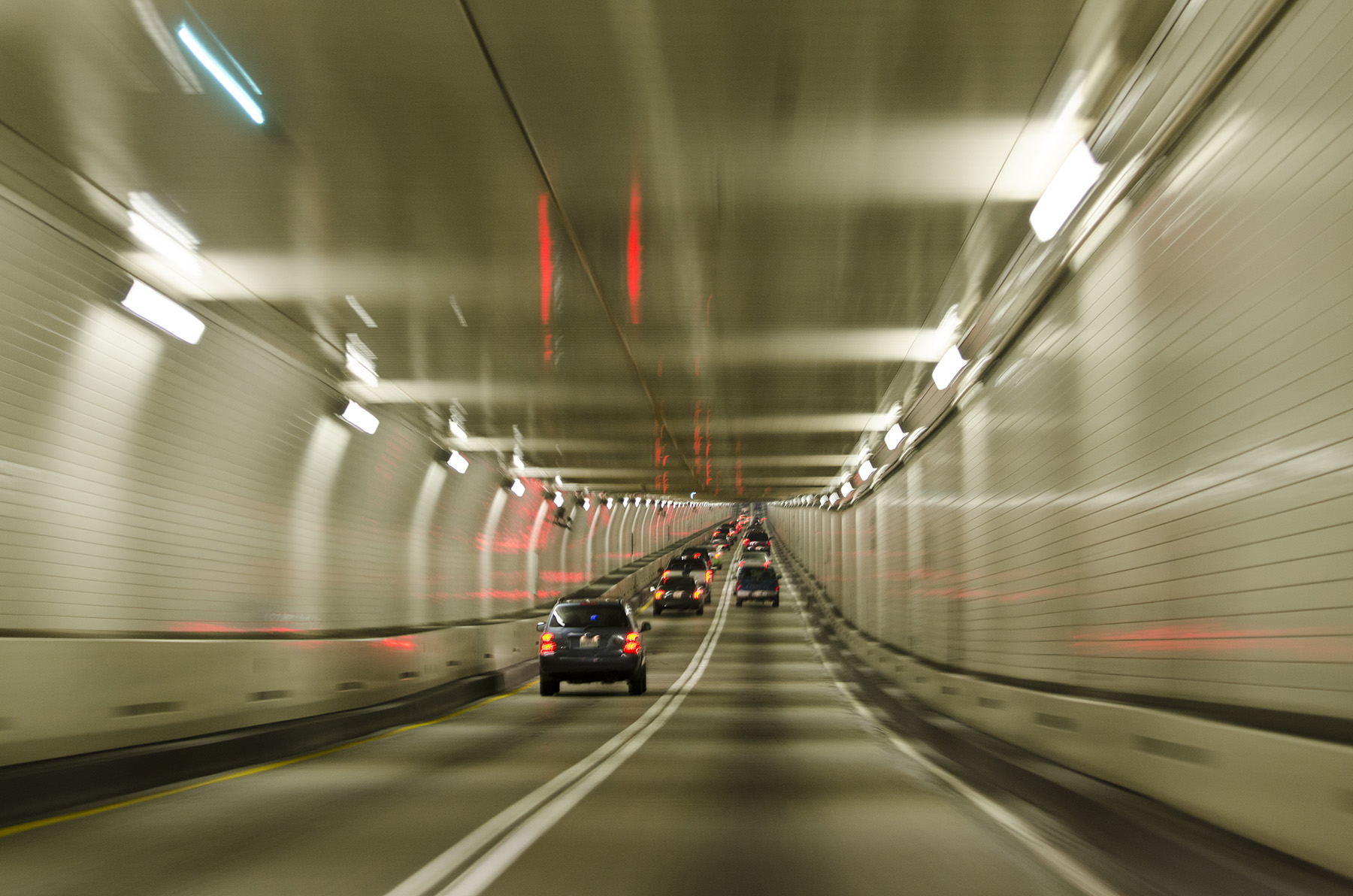
A great excavation
When I was a civil engineering student, I never had any particular interest in tunnels. But when I think back, I think about the Baltimore Harbor Tunnel.
I’m a kid born in the early ’50s, and in 1959 we moved to Alexandria, Virginia. My mother grew up outside Boston, so every year we’d take two trips to Grandma’s. We would go through Washington, D.C. We’d connect with the Baltimore-Washington Parkway, and that would feed into the Baltimore Harbor Tunnel. And I remember how weird it was to me as a kid, driving through this thing that looked like porcelain, and thinking, “What are we going under? Where’s the water? How does it keep it out?” You never saw the harbor, so I had to take it on faith that there was water there.
The tunnel was huge because it meant you didn’t have to drive through Baltimore the way you had to drive through D.C. In the early 1960s, there was no Capital Beltway (Interstate 495), and there was no I-95; the tunnel was part of this pre-interstate world. The tunnel was completed in 1957, a year after the passage of the National Interstate and Defense Highways Act (officially known as the Federal-Aid Highway Act of 1956).
When I was in college in the ’70s, on a Friday afternoon, there always seemed to be a traffic jam because everybody wanted to avoid the city and go through the tunnel. But as a kid, I didn’t take it for granted that this thing existed. And I was always happy to get out the other end.
DC Jackson, Ph.D., Cornelia F. Hugel Professor of History at Lafayette College, on the Baltimore Harbor Tunnel in Baltimore
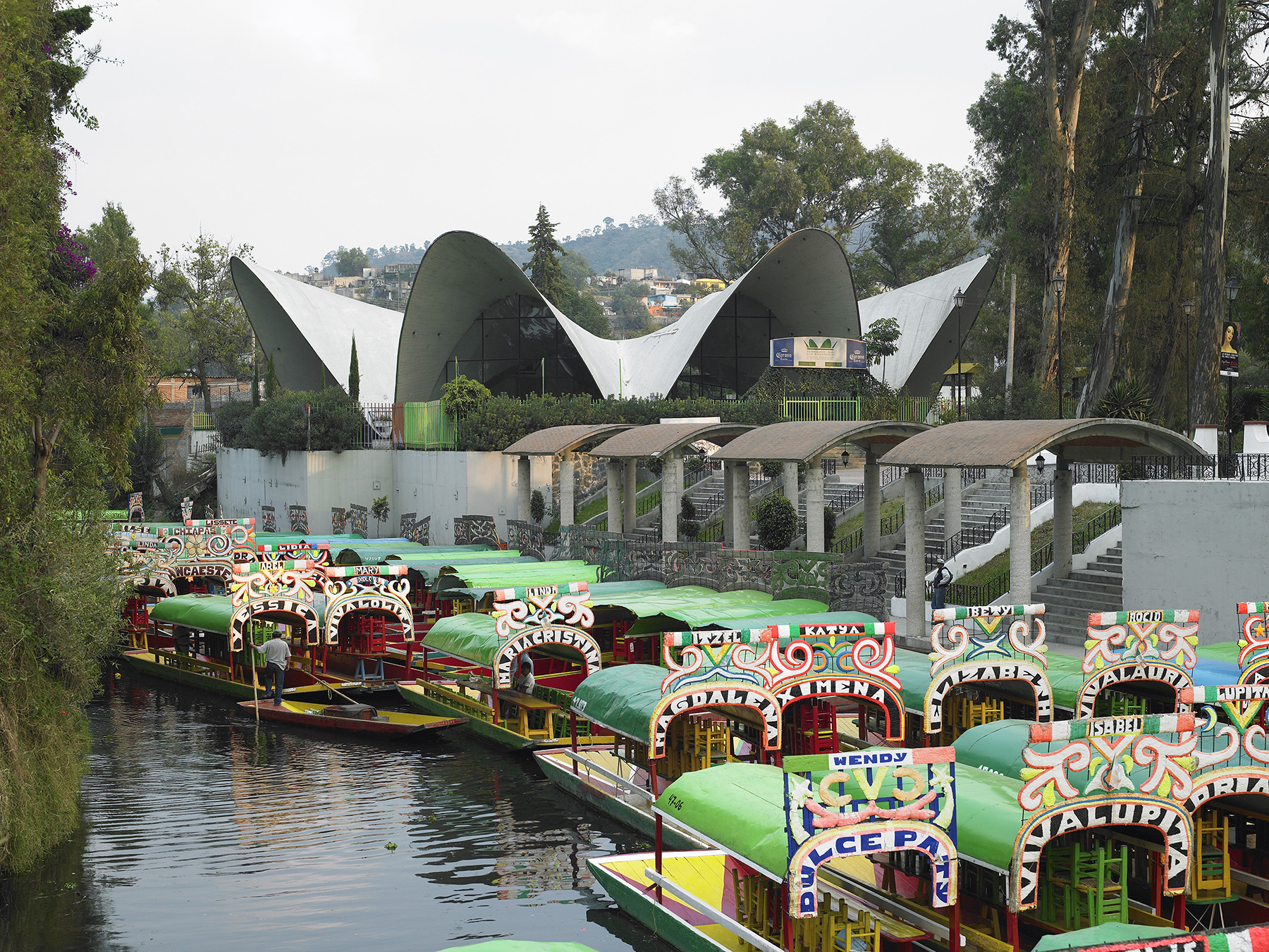
Paraboloid perfection
The Los Manantiales restaurant in Mexico City was built by Félix Candela in 1958. What’s fascinating is that the roof is a hyperbolic paraboloid. This can be generated with straight lines. If you look at construction photos, they used only straight pieces of wood to form the concrete. The roof — from support to support — is about 33 meters, but edge to edge it’s about 44 meters. For this roof to span that distance with only 1.5-inch-thick concrete is fascinating to me.
The stresses are also super low. The hyperbolic shape gives strength and stiffness from the curves. It’s so efficient and elegant. After studying it for so many years, seeing it in person was amazing. The first time I visited it, I was like a little kid in Disney World.
Candela inspires me because he had to go through a lot of hardship to construct buildings like Los Manantiales. He studied architecture in Spain, and he wanted to design thin-shell structures. The differential equations weren’t part of his formal education, so he learned them on his own. Then he went to a construction site in Spain with a famous designer of these thin shells, and this man put him down. He had to fight in the Spanish Civil War, and after the side he was fighting for lost, he was exiled to Mexico and had to start from zero — he had nothing. But he persevered. He held on and became an international success at what he dreamed to be. That, to me, is a great story of a great person.
He also integrated engineering with beauty in a large-scale way. He set an example with the message that your engineering work needs to be more than functional. It needs to be beautiful, and you don’t have to sacrifice economy or efficiency.
Maria E. Moreyra Garlock, Ph.D., P.E., F.SEI, F.ASCE, professor at Princeton University, on the Los Manantiales restaurant in Mexico City
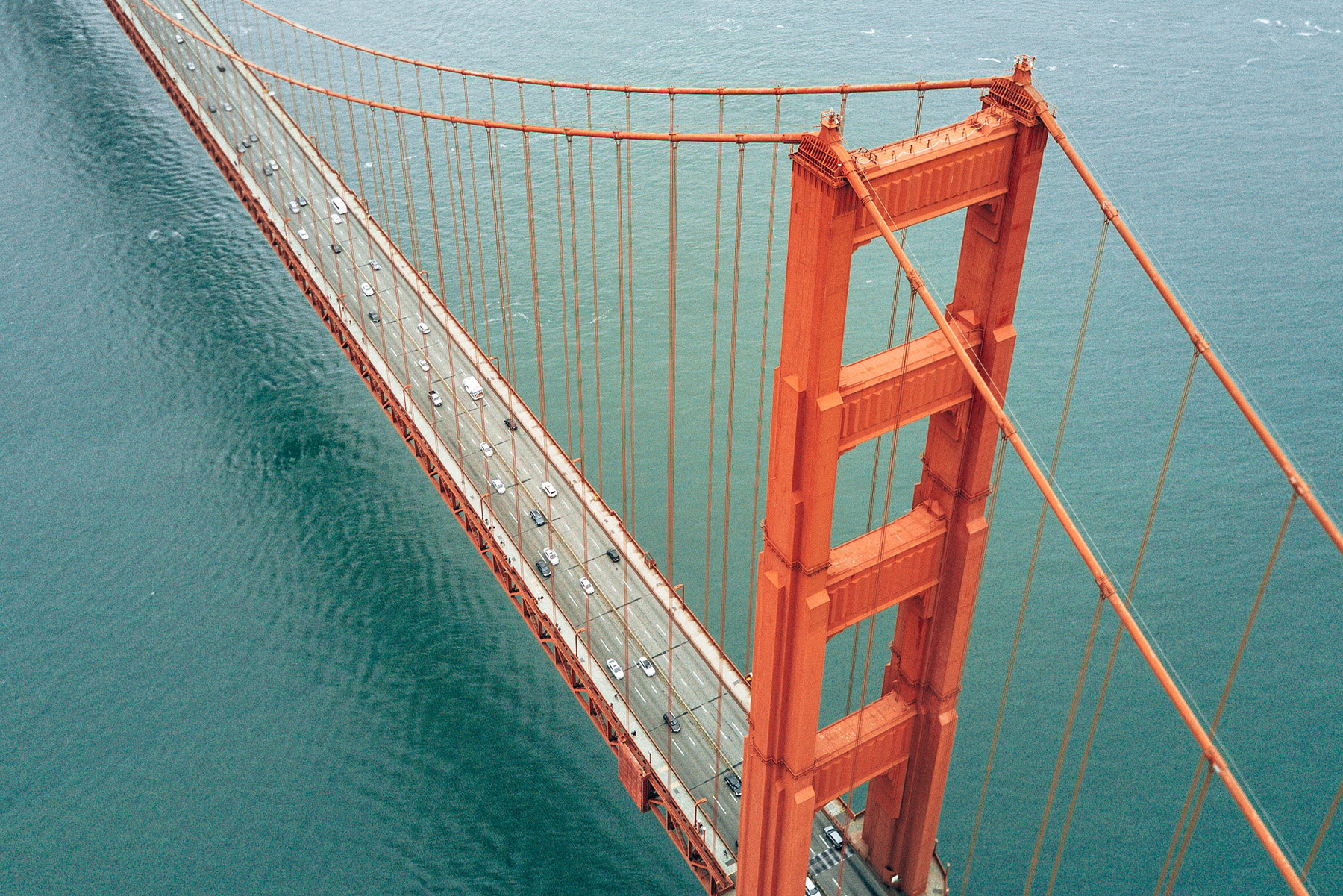
Golden towers
I feel you have to walk on bridges to get a feel for the relative size of their members and how they’re put together. Whenever possible, I try to visit. For the Golden Gate Bridge, it’s the (main) span that takes your breath away. It’s 4,200 feet, or almost a mile, between towers. That’s impressive.
The bridge towers are probably the most beautiful towers ever built. Most of the towers you see built nowadays are trussing of some kind, but the Golden Gate engineers covered up the trussing with plate and painted it a unique color, which makes the bridge stand out. Also, the setting of the San Francisco Bay has the Presidio of San Francisco former army post — and then all of downtown. It’s an impressive bridge to go across an impressive site. When Joseph B. Strauss, the main designer, made his first proposal, he designed a combination cantilever and suspension bridge. It worked technically, but it was ugly. It would have been terrible to have that bridge instead of the Golden Gate.
Strauss hired Charles Ellis, who was probably theoretically much more able to design the bridge. Other engineers and reporters started to come to Ellis rather than Strauss for information about the bridge, and Strauss didn’t like that very much, so Strauss fired him and tried to remove any indication that Ellis had a role in the design of the bridge. There’s a lot of engineering infighting going on about who should get credit. It’s a very interesting story.
Frank Griggs, P.E., L.S., Dist.M.ASCE, professor emeritus, Merrimack College, on the Golden Gate Bridge in San Francisco
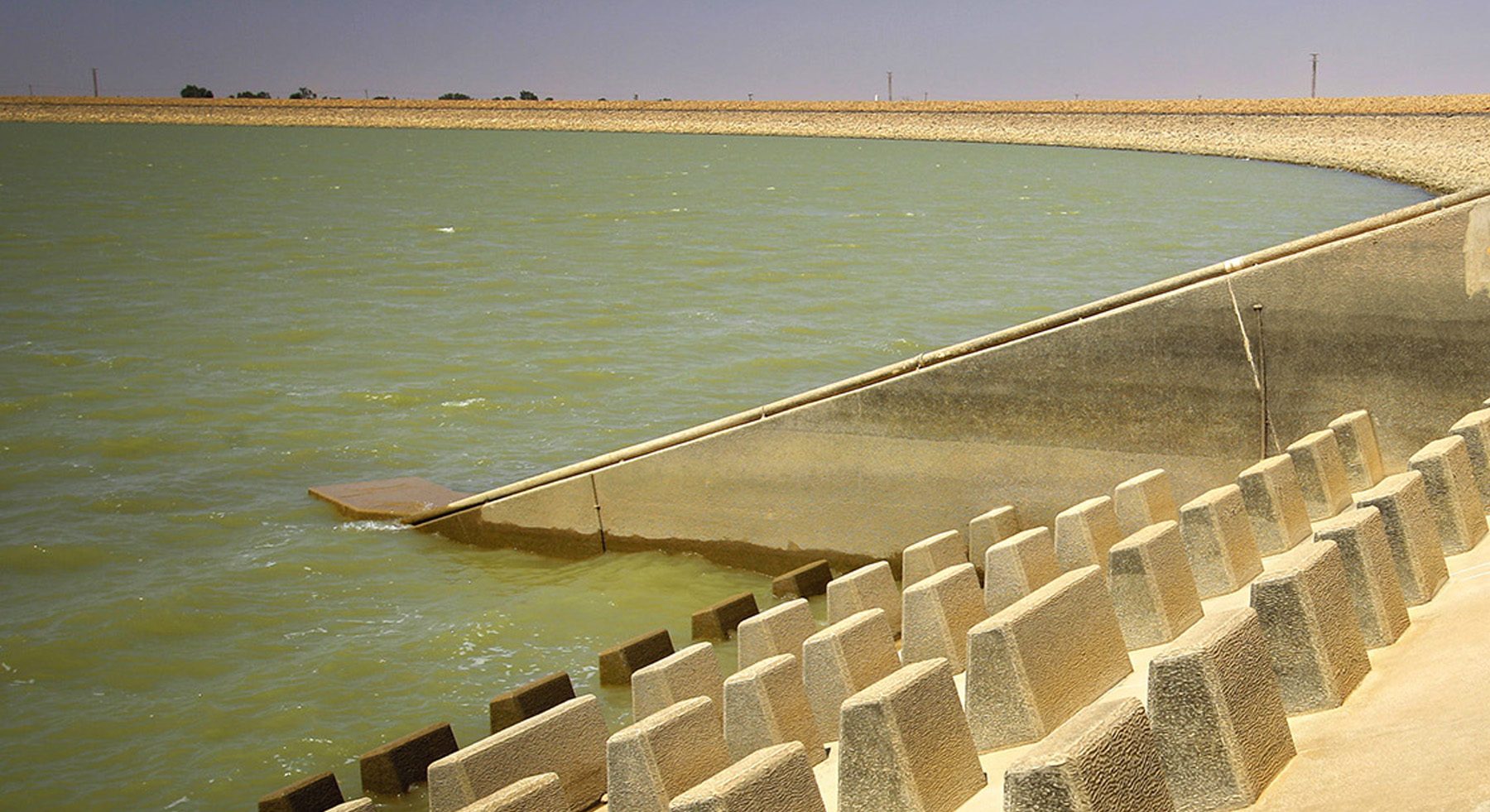
A site to behold
I’ve been involved in lots of river basin development-type projects, and that’s big stuff. But nothing in my mind is like the experience I had with the Great Man-Made River project in Libya, which is a massive irrigation project.
The scale of it is just incredible, and the Libyan government had to do it with equipment that didn’t exist yet. They had to build the factories to build the concrete pipes, and they had to make the pipes. They had to build the trucks that would haul the pipes. It staggers my mind. And they didn’t use the World Bank to finance it. They financed it themselves.
I got to visit Libya and get into the project’s pipe system. Libya built the first of five construction phases and then asked UNESCO (United Nations Educational, Scientific and Cultural Organization) to help them evaluate if this was the best way to get water, and UNESCO asked me to help.
I’m a modeler, so the charge I got was to evaluate other ideas about getting water — like desalination or shipping icebergs from the Arctic — and see which one was the cheapest. And if it turned out that the pipe system was the cheapest, which it was, by far, then the question was how to build it. Where should the pipes go? How many pipes should go in? Where should the pumps be? Where should reservoirs go? There were no commercial airlines going into Libya at that time, but that didn’t prevent me from going because I was part of the UN.
I’ve been really lucky because I’ve had the ability to do a lot of consulting and actually get my hands dirty on projects. To me, that’s a godsend for teaching, because you tell stories in the classroom and make it more interesting for students than what they’re going to get out of a book — even a book I would write.
Pete Loucks, Ph.D., BC.WRE(Hon.), NAE, Dist.M.ASCE, on the Great Man-Made River in Libya

Seeing to believing
I saw the Forth Road Bridge being built when I was young, and I can honestly say it’s the reason I became a civil engineer. I was 10 years old when it opened in 1964, and my house was by the shore of the Firth of Forth, so we had a clear vista downriver to the construction site. From a bedroom window, I could see massive towers on either side of a wide estuary and then wires getting suspended from the towers revealing the bridge’s catenary shape. At night, the lights were lit on the catwalks. I said, “What on earth is going on there?”
Eight years later, when I was choosing subjects for university, I had to ask teachers, “What do you have to study to be able to design the Forth Road Bridge?” And they told me about civil engineering. I didn’t know, I had no family members to tell me. In my last year at school for a project on the expansion and contraction of metals, I wrote to the engineers who had designed the bridge. I got a reply from one of the partners of Mott, Hay and Anderson who’d been involved with the design. A little package arrived with a paper written about the bridge where he pointed out the sections about expansion. I was so grateful for a complete stranger taking the trouble to write. That left its mark on me, and mentoring became a bit of a thing for me.
This bridge was the largest long-span suspension bridge outside the U.S. at the time, so it was a big deal for European bridge building, as I now know. But as a kid, seeing it being built and then being driven over it for the first time, I was bowled over by it.
Gordon Masterton, FREng, FRSE, emeritus professor of future infrastructure at the University of Edinburgh, on the Forth Road Bridge in Scotland
These interviews have been edited for clarity and length, and technical details have been purposely omitted unless the interviewee stated them.
Leslie Nemo is a journalist based in Brooklyn, New York, who writes about science, culture, and the environment.
This article first appeared in the September/October 2025 issue of Civil Engineering as “Building Memories.”



